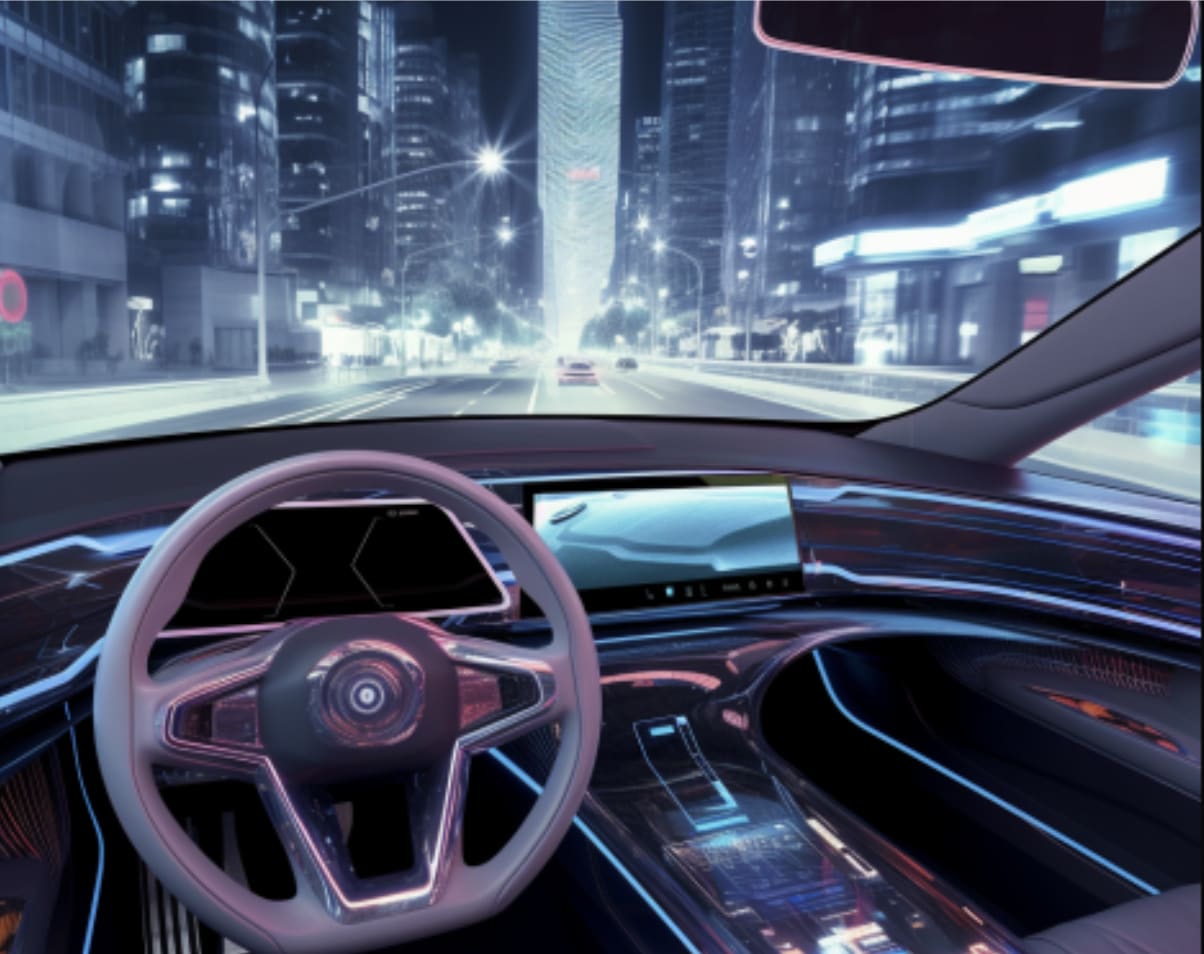Data Collection Obsession: The Key to Disrupting the Automotive Industry?

As we sail through the vast technological oceans of 2023, decision-makers across the globe are contemplating how the formidable blend of generative AI and big data is instigating a revolution in the automotive sector. Today, we’re retracing the incredible progress made in the domains of big data, deep learning, and AI in the past decade, and illuminating how Nexar is at the helm, steering towards the next transformative wave.
Big Data's Evolution: Drawing Insights from Tech Titans
Back in the early 2010s, Google etched a significant landmark in the tech terrain by harnessing deep learning techniques to index images on an unprecedented scale. This marked a significant juncture in the application of big data. Fast forward to 2023, the tech world is bustling with AI startups, with many in the automotive sector, striving to harness these techniques. To emulate Google's triumph, it is paramount to decipher their distinctive strategy that thrived on training with terascale datasets and fostered a culture of relentless innovation.
The Might of Data Collection and User Tagging
Google's meteoric rise can be traced back to its unyielding dedication to data collection and user tagging. The tech behemoth believed in indexing every single web page, honing in on the rarest n-grams, the most complex queries, and the least frequent dictionary terms. This strategy carved a considerable chasm between Google and its rivals. To redefine the automotive landscape, we must imbibe a similar fervor for data collection and user tagging. For example, when a driver brakes abruptly, they are inherently tagging a video sequence as dangerous. This kind of user-generated tagging is an invaluable treasure trove for training AI systems.
Lab vs. Life: The Imperative of Real-World Testing
Another valuable insight from Google's triumph is the indispensable need for real-world testing. Google's experience showed that lab results do not always correspond to real-world performance. Translated to the automotive realm, this implies we must subject our AI systems to rigorous testing on the road, not confining them to the lab. We need to gather and scrutinize data from actual driving scenarios, not merely simulated ones.
Generative AI: The Revolutionary Force in the Automotive Industry
Generative AI has ushered in a radical shift in how we tackle big data challenges. It enables us to fabricate new data from existing datasets, amplifying the diversity and richness of the data we gather and examine. With this tool, we can unlock a plethora of use cases, such as generating real-time mapping and road insights. More importantly, it empowers us to harness billions of driver decisions and their outcomes to train large-scale models for driver coaching and risk scoring. This strategy will ultimately fuel the development of innovative methodologies for Advanced Driver Assistance Systems (ADAS) and autonomous driving.
Steering Towards a Safer Future: Nexar's Vision for the Automotive Industry
As we gaze into the horizon, we discern a colossal opportunity to leverage software to learn from the 10 trillion miles humans traverse each year and construct solutions that outshine what exists today. At Nexar, we have already shared numerous research pieces, including Ground truth vs. OSM maps in Phoenix, AZ, and our Behavioral maps analysis, to underscore that this approach is indeed the way forward for big data and deep learning applications. As we persist in merging generative AI and big data, we stand on the precipice of revolutionizing the automotive industry, transforming our roads into safer and more efficient travelways. This is an invitation for you to join this exhilarating voyage into the future of mobility.

